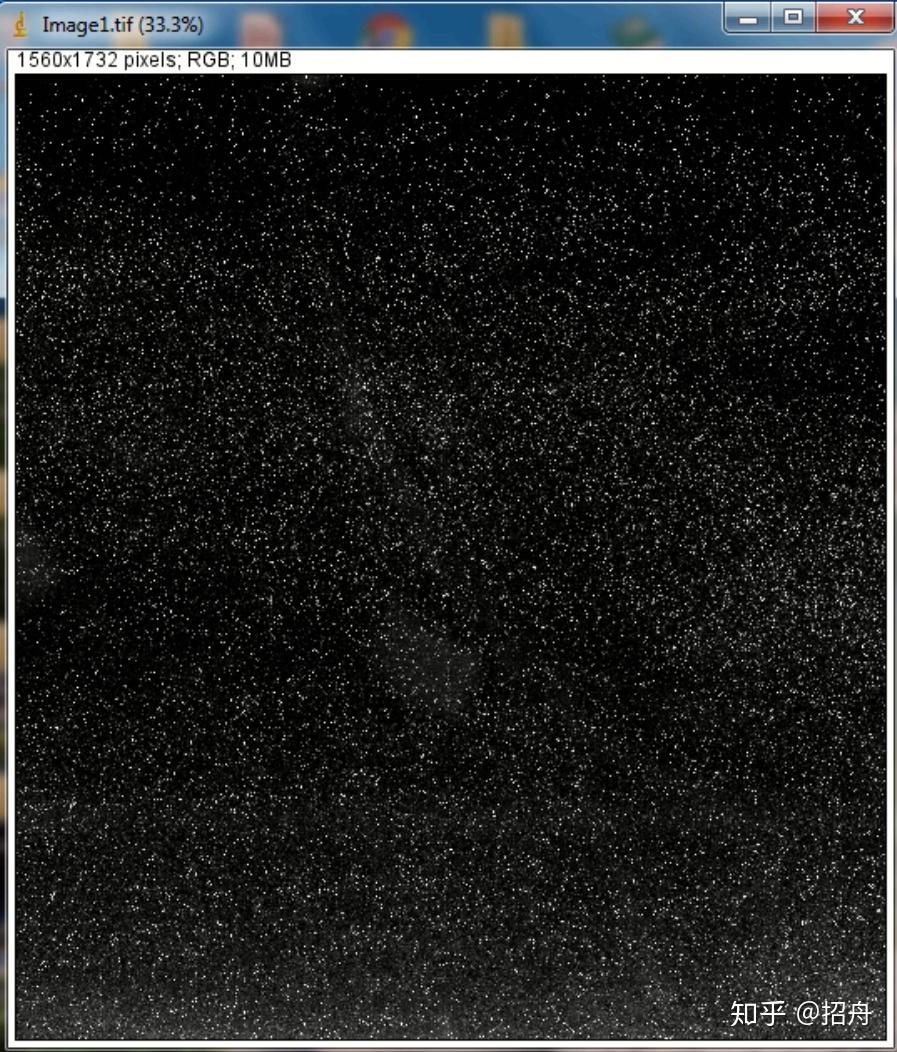

I tried achieving this with a for loop inside of a function that I thought would pass each row into the system command, but the macro only runs for the first line, none of the others. Here's what each row needs to be transformed into so that ImageJ can understand it: 4_10249_XY01_Fused_CH2*2*3*/XY01 Here's an example from the ame I have in R: X xcoord ycoord input The issue I am running into seems like it should be easy to solve, but I haven't had any luck figuring it out: in R, I have a ame that I need to pass to the system command line-by-line with the columns concatenated into a single character string delimited by *'s. I've written an R script that is able to evaluate the image folders and determine the grid size, now I am trying to feed that information to my ImageJ macro to batch process the folder. Unfortunately, I don't think I can't run this as an ImageJ Macro because the images were taken with varying grid sizes, ie some are 2x3, some are 3x3, some are 3x2, etc.
#Imagej batch processing series
I am attempting to run an ImageJ macro to batch-process the images (specifically, I am trying to stitch together a series of images taken on the microscope into single images). This example saves the cell count along with the name of the input file to the workspace variable numCells.I am working with a large number of image files within several subdirectories of one parent folder. A common approach is to export the nonimage results to the workspace and save the images that result from the processing in files. In the dialog box that opens, select the results you want to export. On the app toolstrip, click Export and select Export result of all processed images to workspace option. The PROCESS button starts the Batch each image in the input folder ImageJ.

#Imagej batch processing code
Save the results in a workspace variable. This video demonstrates the use of macros and batch processing in ImageJ to analyze multiple images and export the data into a table. You can also open your own macros or paste the code from the ImageJ macro recorder. The code runs fairly fast at the beginning, but bogs down as more and more lines of results are added, which is understandable. Even though the setBatchMode flag is set to true, the Results table displays to screen. You can export results to the workspace or to a file, or you can get the MATLAB® code the app used to generate the results. been using ImageJ to batch process approximately 5000 files at at time using Analyze Particles. To save the results, click Export to view the options available. Export Processed Images and Processing Pipeline A status bar at the bottom-right of the app reports on the number of images processed. The Results tab contains the results of the selected image (highlighted in blue). A filled-in green square next to a thumbnail indicates the app successfully processed that image.

The app processes all the images in the specified folder. C1 (red) C1-XXX, C2 (green) none, C3 (blue) C2-XXX (-XXX just denotes the channel nameim selecting). When I do the image analysis steps manually this is the protocol I follow: Open image, virtual stack (tick) Split channels. Open the script editor, select Templates ImageJ 1.x Batch Process Folder (IJ1 Macro). Option 2 - Script Template This section requires ImageJ2. For this example, process all of the images. I'm new to ImageJ and trying to figure out macros and batch processing. You can select an output file format, and then use the Add Macro Code drop-down to generate a macro with the desired functionality. If you have Parallel Computing Toolbox™, you can click Use Parallel on the app toolstrip to process the images on a local parallel pool. You can select images to process either by pressing Ctrl and clicking the desired images or by clicking one image to start, pressing Shift, and clicking another image to select all images in between the starting and ending images. To process only a subset of the images, click Process Selected. To process all the images at once, on the app toolstrip, click Process Selected and select Process All. If the results of the test run on one image are successful, then execute the function on all of the images in the folder.


 0 kommentar(er)
0 kommentar(er)
